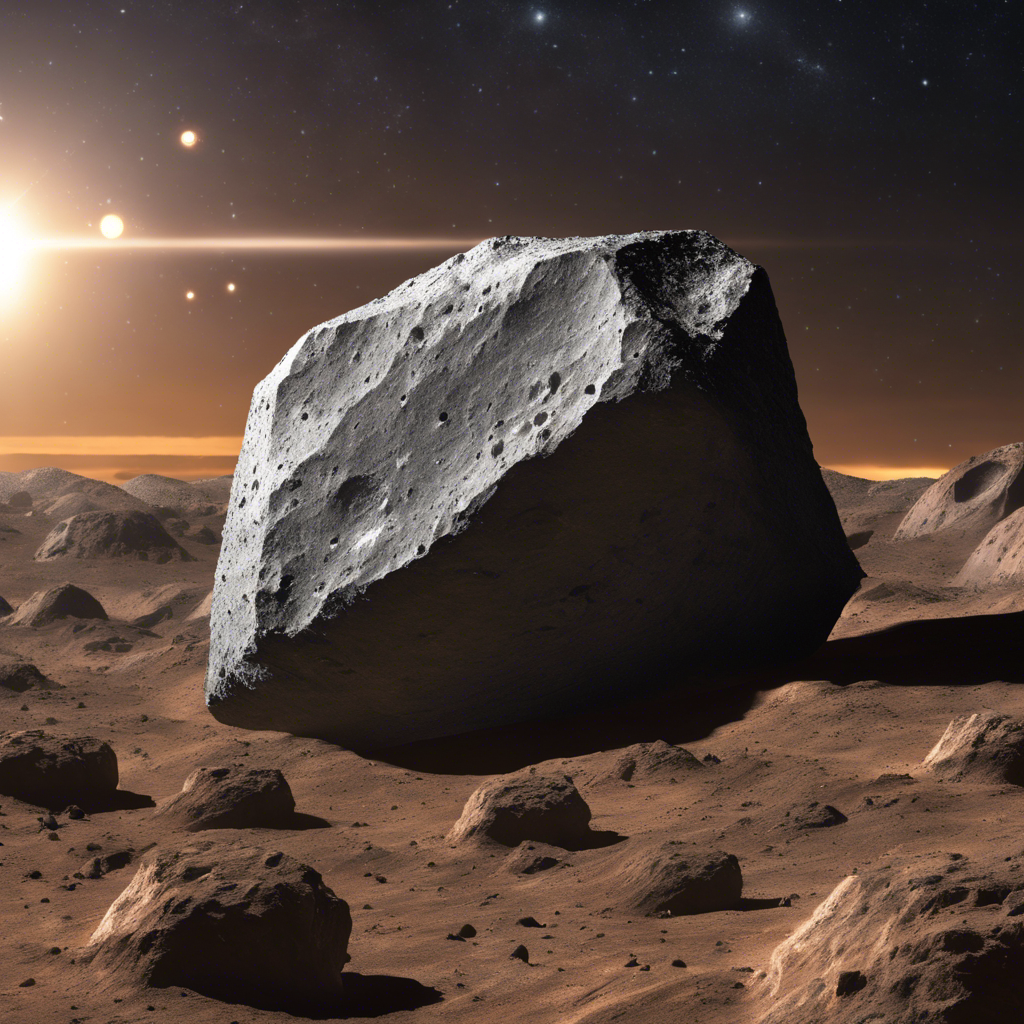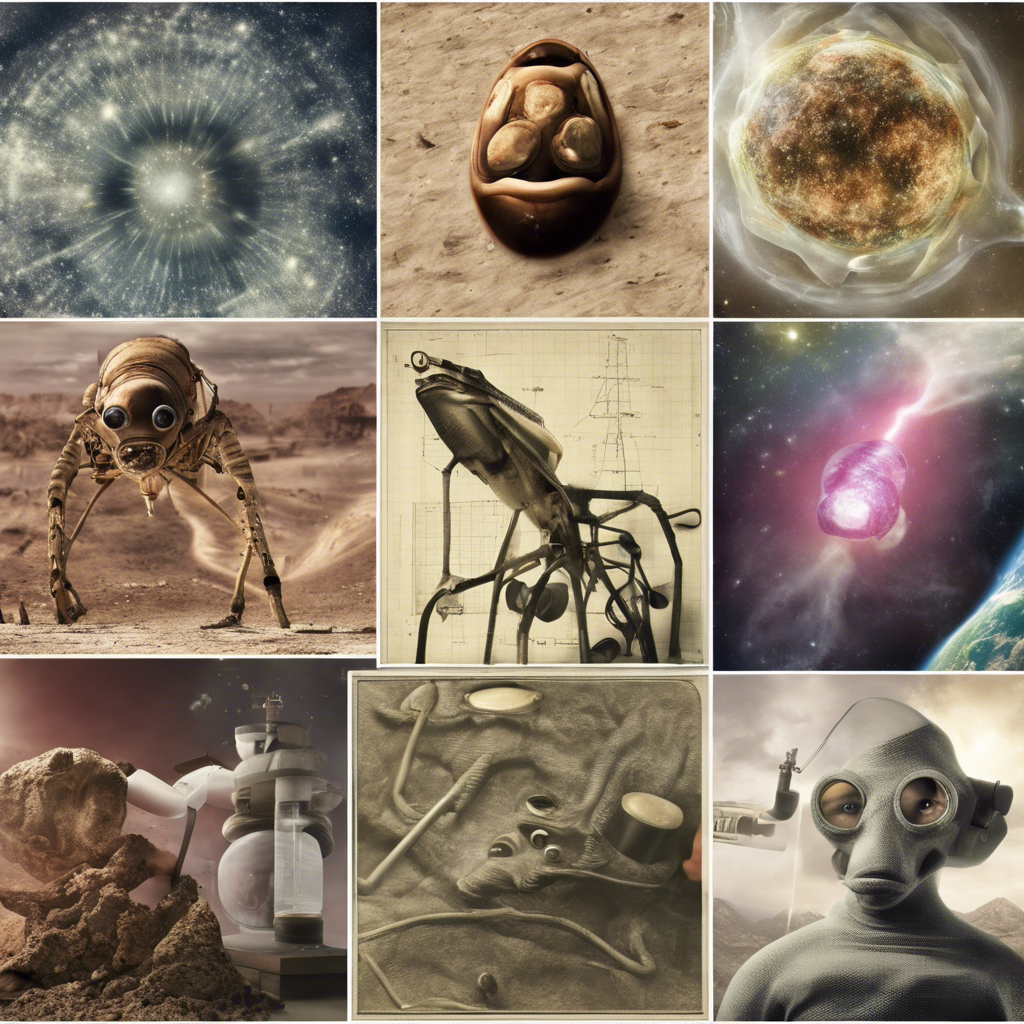A teaspoon’s worth of pristine material from asteroid Bennu, dating back 4.6 billion years, has arrived at the Natural History Museum in London, igniting excitement among scientists as they prepare to unlock its secrets.
In a significant scientific milestone, researchers at the Natural History Museum in London have received a precious shipment of 100mg of dark dust and granules from asteroid Bennu. This material, collected by NASA’s Osiris-Rex mission during its visit to the asteroid in 2020, offers a unique opportunity to delve into the mysteries of the early solar system. With its age of 4.6 billion years, this pristine material promises to provide valuable insights into the formation of our solar system and possibly shed light on the origins of life on Earth.
Unraveling the Secrets of the Early Solar System:
The arrival of the pristine material from Bennu has sparked excitement among scientists, who eagerly anticipate the opportunity to study it in detail. Preliminary analyses by NASA researchers have already revealed that the asteroid contains significant amounts of carbon and water, with some of the carbon being present in organic compounds. This discovery raises intriguing questions about the role of asteroids in delivering water and other essential ingredients for life to Earth and other planets.
One of the key areas of research will be the analysis of hydrogen isotopes in the water bound up in Bennu. By comparing these isotopes to those found in Earth’s oceans, scientists hope to gain insights into the origin of Earth’s water and potentially uncover clues about the presence of water on other celestial bodies.
The Threat of Asteroid Collisions and Planetary Defense:
Beyond the scientific curiosity surrounding the study of Bennu, there are also practical implications. Scientists are keen to understand how to deflect or destroy asteroids that pose a potential threat to Earth. While Bennu is smaller than the asteroid that caused the extinction of the dinosaurs, it would still cause significant damage if it were to collide with our planet. Studying Bennu’s composition and structure may provide valuable knowledge for developing strategies to mitigate the impact of future asteroid threats.
Unlocking the Mysteries of Bennu at the Natural History Museum:
The Natural History Museum in London, renowned for its meteorite collection, will be the epicenter of research on the Bennu samples. Over the next two years, scientists will conduct non-destructive tests, including X-ray diffraction and electron microscopy, to gain insights into the mineral composition and structure of Bennu. The samples, ranging from millimeter-sized grains to tiny dust particles, will be meticulously analyzed to unlock their secrets.
Dr. Ashley King, a planetary scientist at the museum, expressed excitement about the opportunity to study the material, referring to it as a “little treasure trove” that takes us back to the birth of the solar system. The staff at the museum, well-versed in handling precious materials from outer space, are eager to embark on this scientific journey.
Conclusion:
The arrival of the pristine material from asteroid Bennu at the Natural History Museum marks a significant milestone in our quest to understand the origins of our solar system. Scientists are poised to unlock the secrets held within these ancient grains, with the potential to shed light on the formation of our planet and the role of asteroids in delivering essential elements for life. Moreover, the study of Bennu’s composition and structure may contribute to our ability to protect Earth from future asteroid threats. As researchers embark on this scientific endeavor, the world awaits the discoveries that lie within this teaspoon’s worth of material, poised to reshape our understanding of the cosmos.











